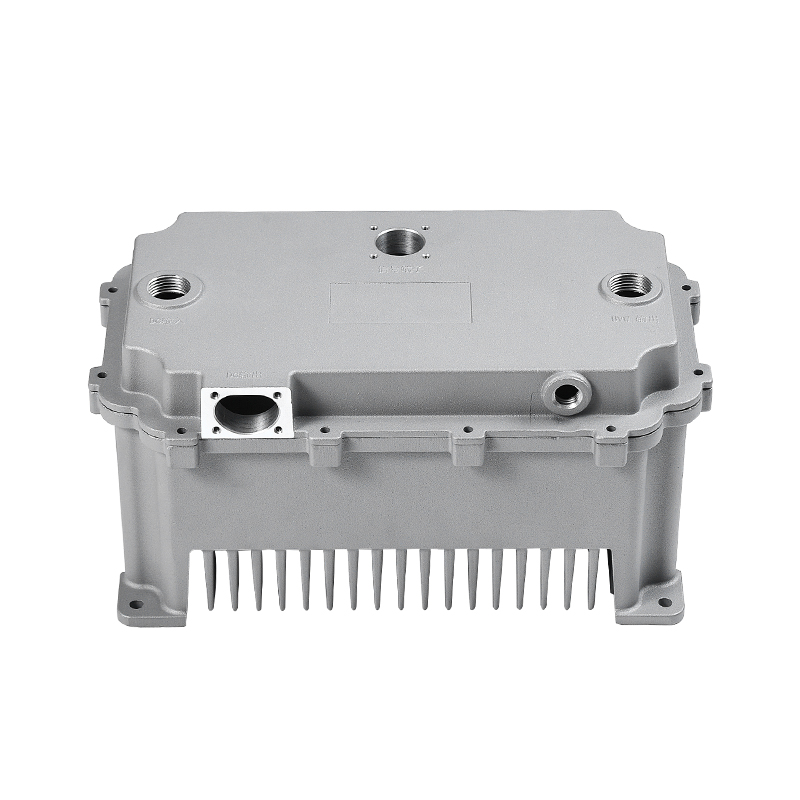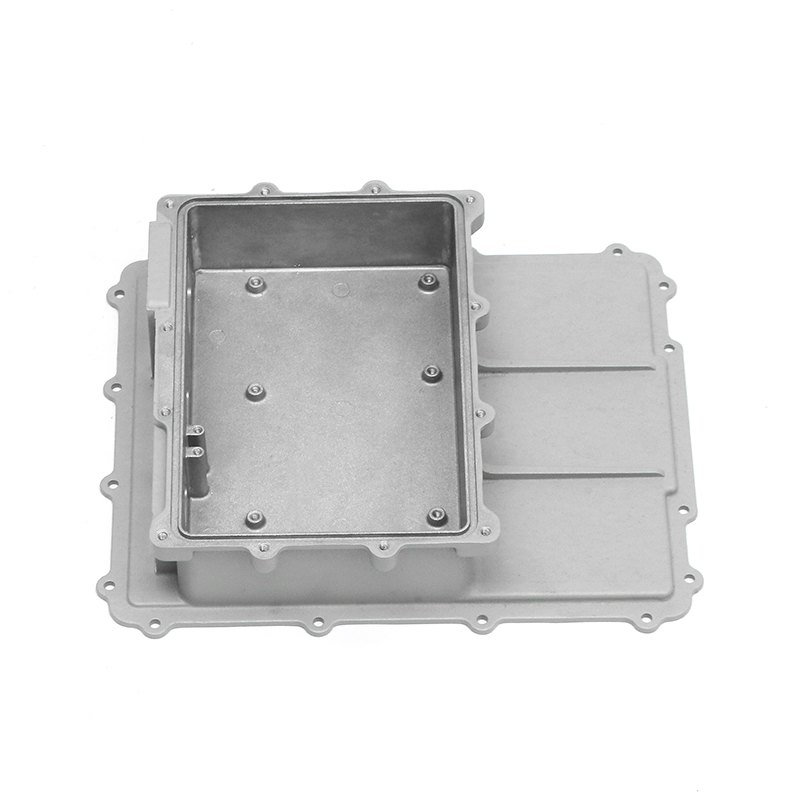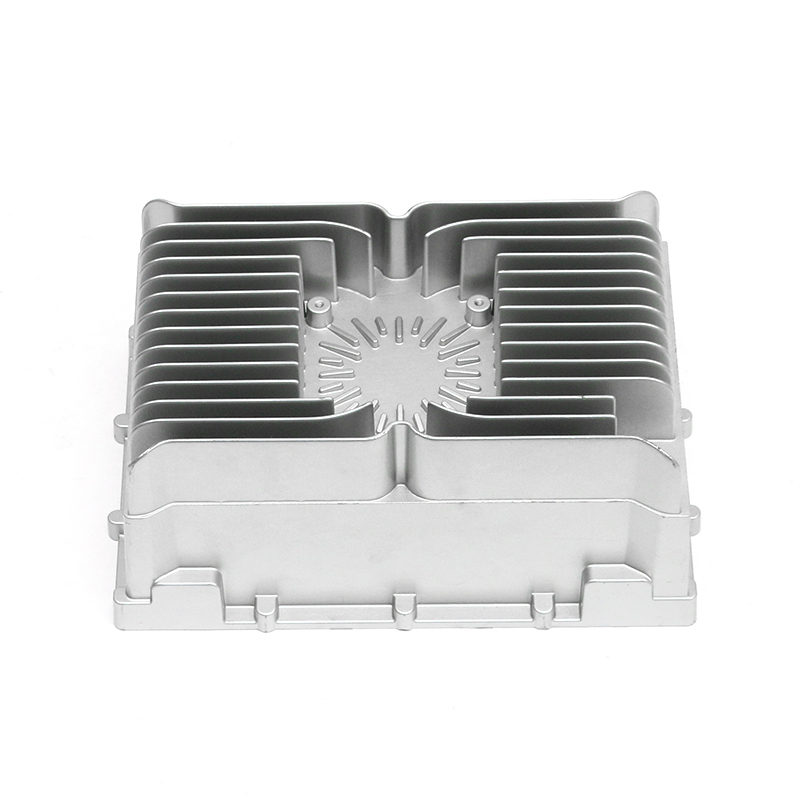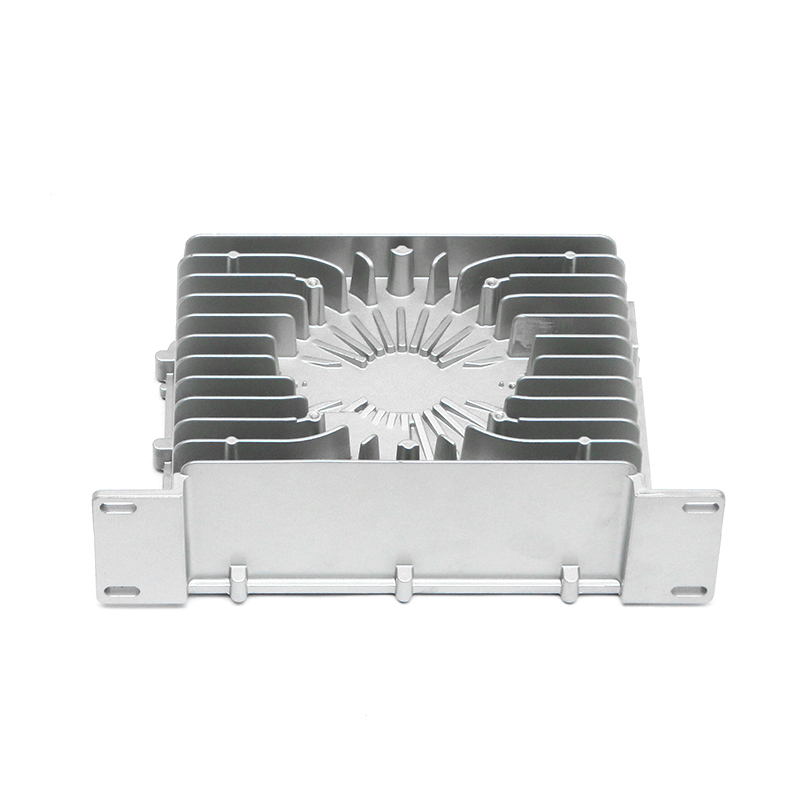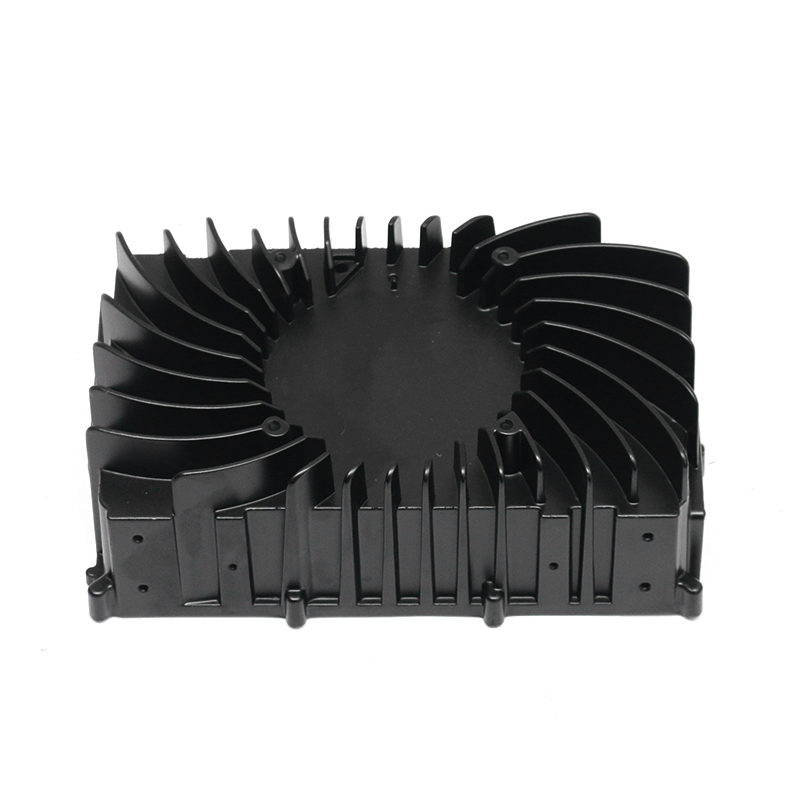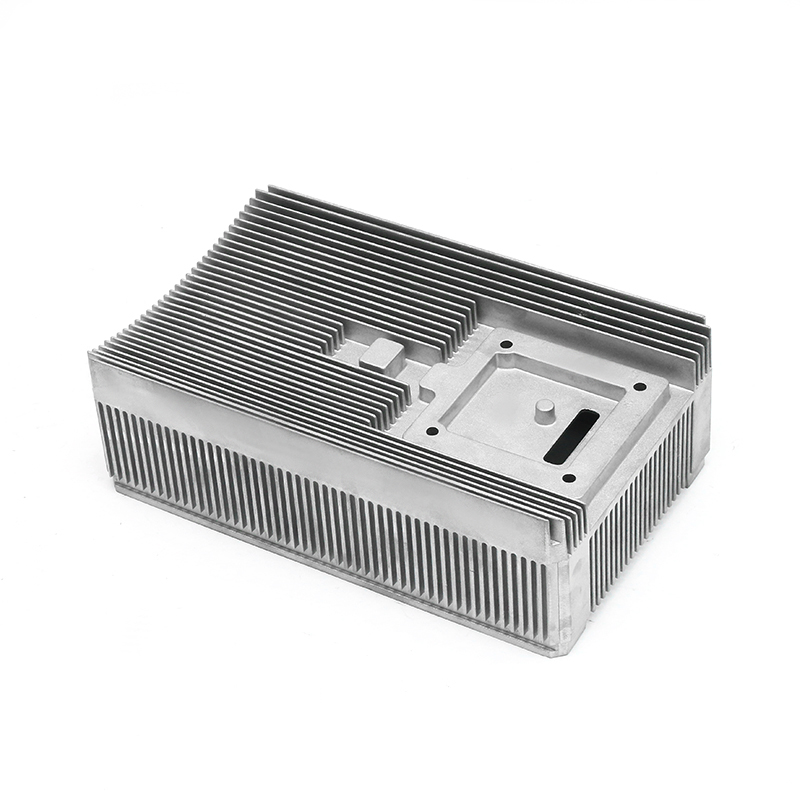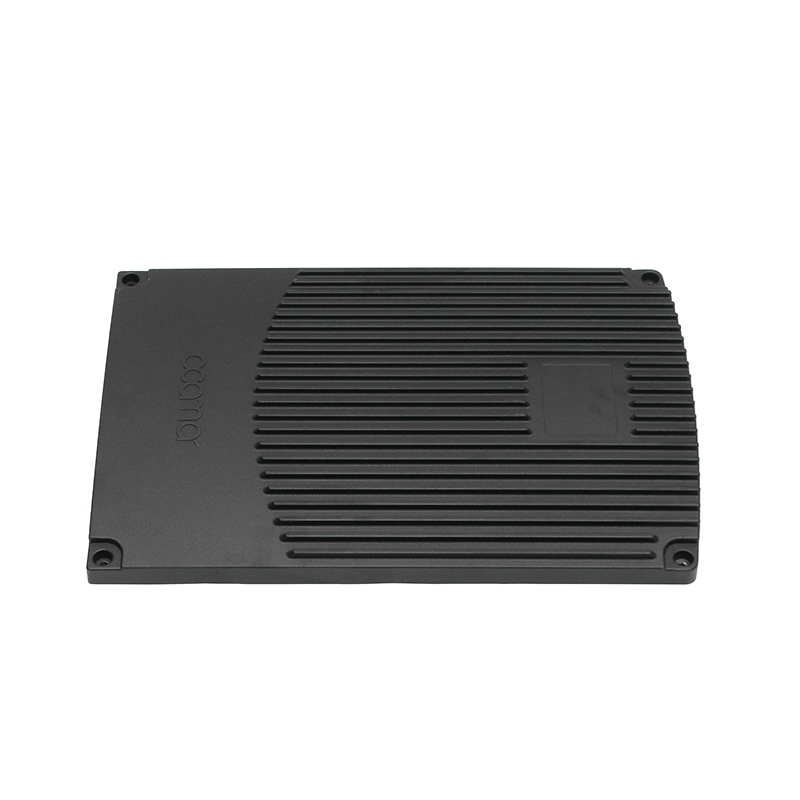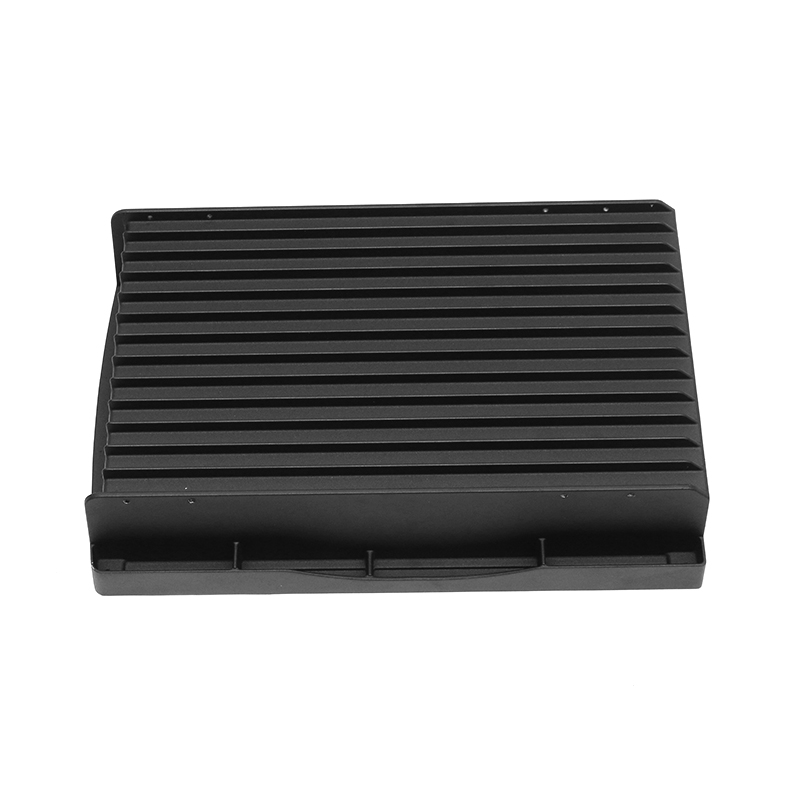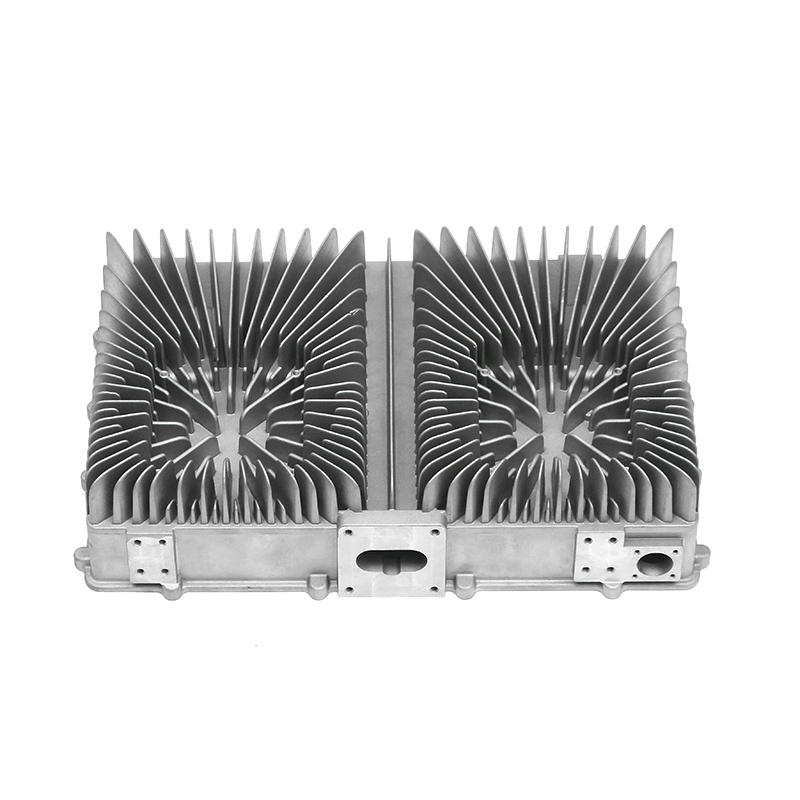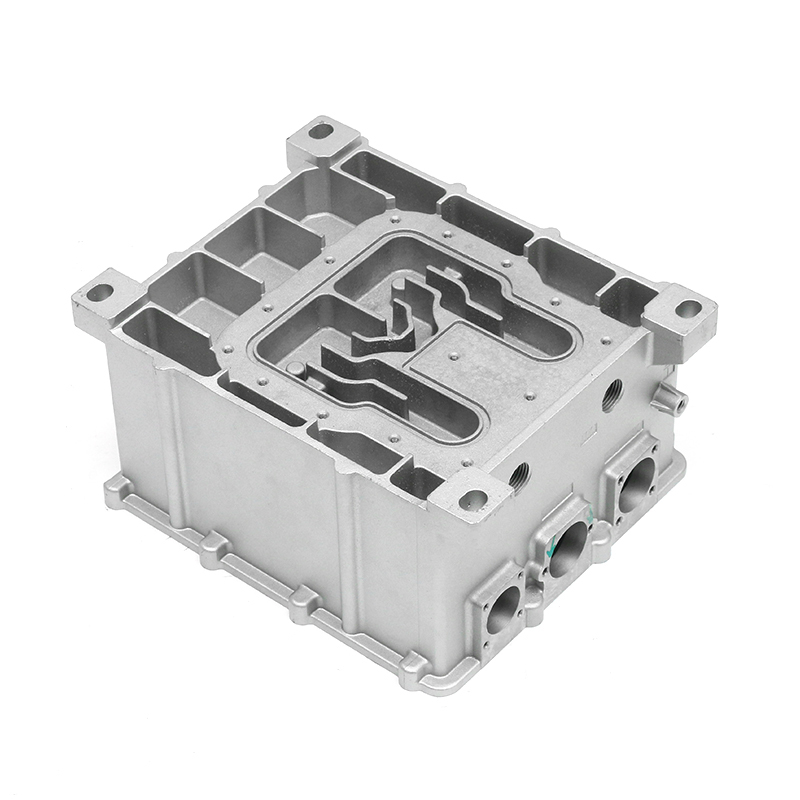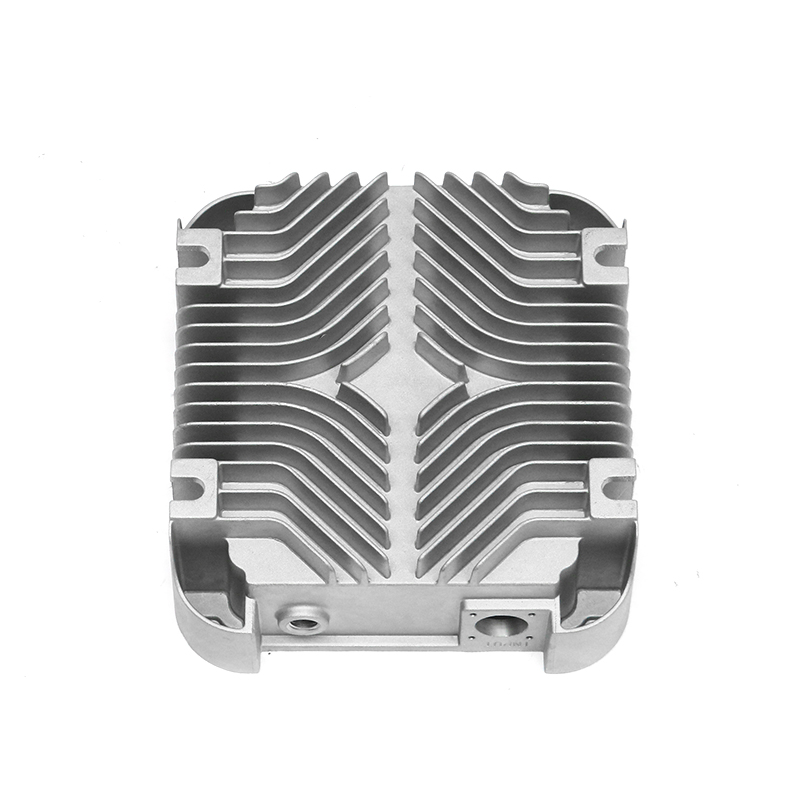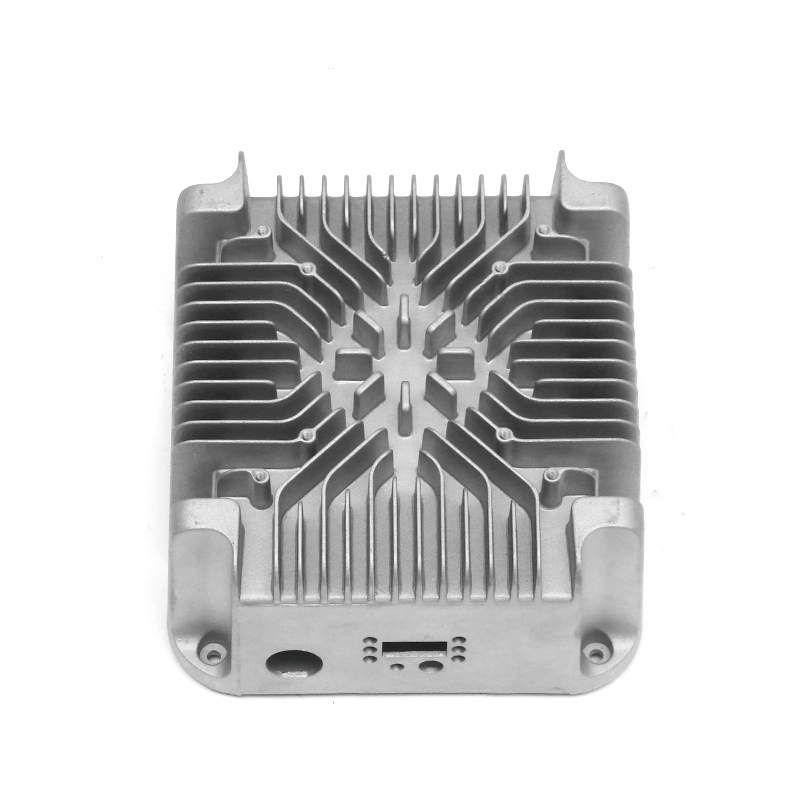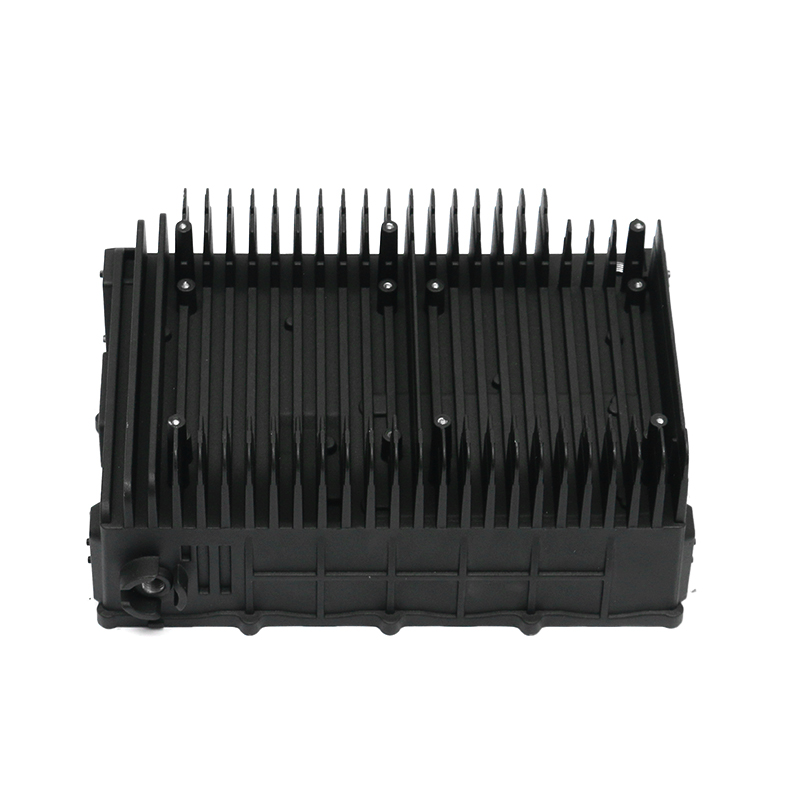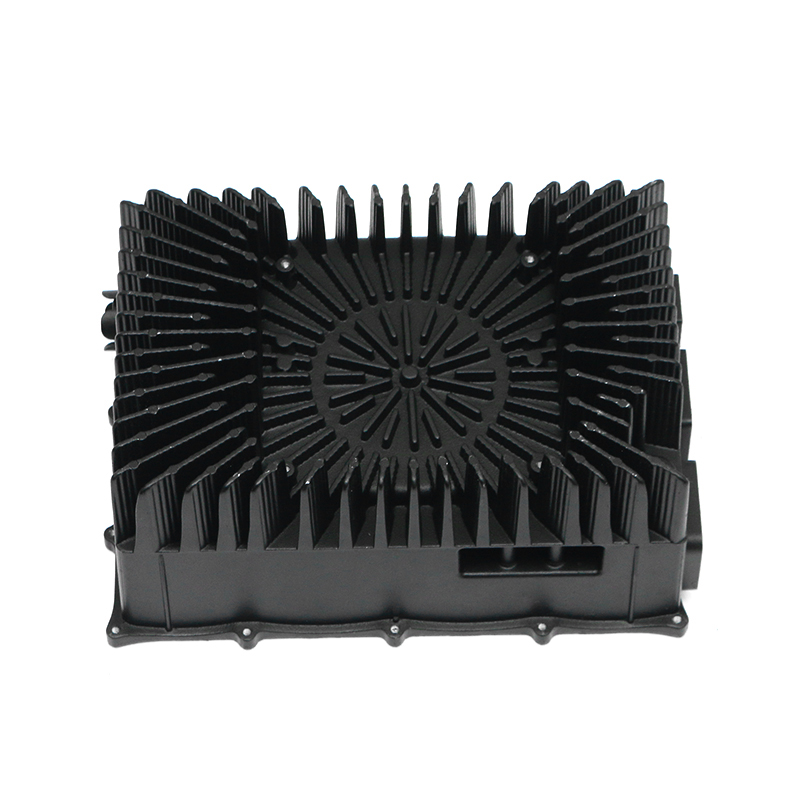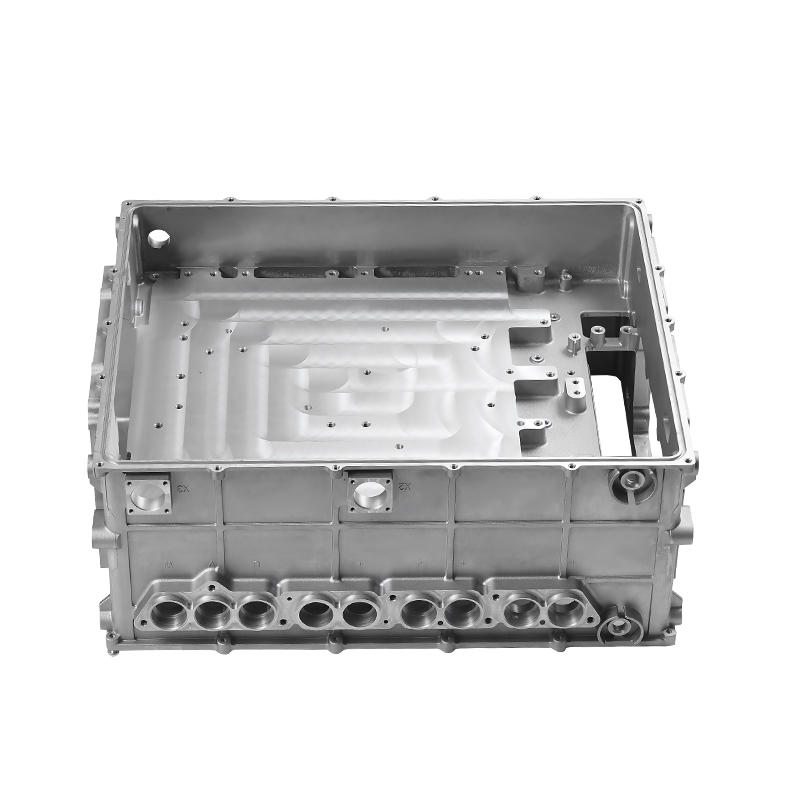Introduction to Die Casting and Motor Housings
Die casting is a widely applied manufacturing process that allows the production of metal components with precise dimensions and complex geometries. In the field of electric and automotive motors, die casting is frequently used for creating motor housings. The housing serves as both a protective enclosure and a structural support, meaning that its strength and durability are critical for overall motor performance. With the increasing adoption of new energy systems, the use of new energy motor housing die casting has become more prominent. Understanding how the die casting process affects mechanical properties is essential for selecting appropriate methods for manufacturing durable housings.
Material Selection in Die Casting
The strength and durability of die-cast motor housings begin with the choice of materials. Commonly used alloys include aluminum, magnesium, and zinc, each offering distinct advantages in terms of strength-to-weight ratio, corrosion resistance, and thermal conductivity. For new energy motor housing die casting, aluminum alloys are often preferred because of their lightweight nature and ability to dissipate heat. Material choice directly influences both the tensile strength and fatigue resistance of the final component. Selecting the right alloy ensures that the motor housing can withstand mechanical loads, thermal stress, and environmental exposure over extended periods.
Microstructure Formation During Die Casting
Die casting affects the microstructure of metals in a way that directly influences strength and durability. The rapid cooling rate inside the die promotes fine grain structures, which generally improve mechanical strength. However, defects such as porosity, cold shuts, or incomplete filling can occur if parameters are not controlled. These defects may reduce fatigue resistance and create potential weak points in the motor housing. Modern new energy motor housing die casting often incorporates advanced techniques like vacuum die casting to reduce porosity and achieve higher structural integrity.
Dimensional Precision and Surface Quality
Die casting is valued for its ability to produce components with precise dimensions and smooth surfaces. For motor housings, dimensional accuracy ensures proper assembly with other motor components such as stators and rotors. Smooth surface quality reduces the need for post-processing and enhances corrosion resistance by eliminating surface irregularities where oxidation could initiate. The uniformity achieved by die casting also improves stress distribution across the housing, which contributes to long-term durability under cyclic loading conditions.
Mechanical Strength Characteristics
The strength of a die-cast motor housing is measured through tensile strength, compressive strength, and fatigue resistance. Compared to other manufacturing methods such as sand casting, die casting typically produces parts with higher mechanical strength due to finer grain structures and better control over material flow. In new energy motor housing die casting, these strength characteristics are crucial because motors in electric vehicles or renewable energy systems often operate under high torque and fluctuating loads. Ensuring adequate strength allows the housing to maintain structural integrity without deformation.
Durability Under Thermal Stress
Motor housings experience significant thermal stress due to continuous operation and heat generated by motor components. Die-cast housings, particularly those made from aluminum alloys, provide good thermal conductivity, which helps dissipate heat efficiently. This characteristic prevents localized overheating and reduces thermal fatigue. In applications involving new energy motor housing die casting, effective thermal management is a key factor in ensuring the long-term durability of both the housing and the motor as a whole.
Influence of Porosity on Durability
One of the common challenges in die casting is porosity, which results from trapped gas or shrinkage during solidification. Porosity can significantly reduce both strength and durability by creating weak points where cracks may initiate under mechanical or thermal stress. To mitigate this, techniques such as vacuum die casting and optimized gating systems are used. Reducing porosity is especially critical in new energy motor housing die casting, where high efficiency and long service life are expected in demanding operating conditions.
Comparison with Other Manufacturing Methods
The following table highlights differences between die casting and other methods like sand casting or forging in terms of motor housing properties.
| Property | Die Casting | Sand Casting | Forging |
|---|---|---|---|
| Dimensional Accuracy | High precision, minimal machining | Lower precision, requires finishing | High precision after machining |
| Mechanical Strength | Moderate to high, depending on alloy | Moderate, coarser grain structure | Very high due to refined grain structure |
| Production Speed | Fast and suitable for mass production | Slow, suitable for smaller batches | Slower and less flexible for complex shapes |
| Surface Finish | Smooth, minimal post-processing | Rough, requires finishing | Good, may still require polishing |
Fatigue Resistance in Service Conditions
Motor housings are subjected to repeated cycles of vibration and load fluctuations. Die casting influences fatigue resistance by controlling microstructure and surface finish. When porosity and inclusions are minimized, die-cast housings demonstrate improved fatigue resistance compared to conventionally cast parts. In new energy motor housing die casting, fatigue performance is critical because the motors are expected to operate for long service intervals without failure. Proper design and quality control during die casting directly enhance fatigue life.
Corrosion Resistance and Protective Coatings
Although alloys used in die casting often possess inherent corrosion resistance, environmental conditions can still pose challenges. Exposure to humidity, salt, or chemicals can degrade the housing material over time. Surface treatments such as anodizing, powder coating, or painting are commonly applied to extend durability. For new energy motor housing die casting, these coatings not only improve resistance to corrosion but also enhance aesthetic qualities and brand value for manufacturers.
Cost-Efficiency Versus Durability
Die casting offers cost benefits for large-scale production due to its high efficiency and reduced machining requirements. However, achieving maximum durability often requires additional processes such as vacuum die casting, heat treatment, or surface finishing, which can increase costs. A balance between cost-efficiency and durability must be established based on application requirements. For instance, new energy motor housing die casting used in electric vehicles may justify higher production costs because of the need for extended service life and reliability.
Quality Control in Die Casting
Quality control is essential to ensure that die-cast motor housings meet durability requirements. Non-destructive testing methods such as X-ray inspection, ultrasonic testing, and dye penetrant inspection are used to detect porosity, cracks, or voids. Regular monitoring of process parameters such as temperature, injection speed, and pressure helps maintain consistency in production. For new energy motor housing die casting, stringent quality control ensures that housings can withstand the demanding environments of modern energy and transportation systems.
Applications in New Energy Systems
The increasing adoption of renewable energy and electric vehicles has accelerated the demand for reliable motor housings. New energy motor housing die casting is widely used in electric vehicle drive motors, wind turbine generators, and industrial energy storage systems. The strength and durability achieved through optimized die casting processes ensure that these housings can support high-performance requirements while maintaining long operational lifespans. This trend highlights the importance of die casting in advancing energy-efficient technologies worldwide.
